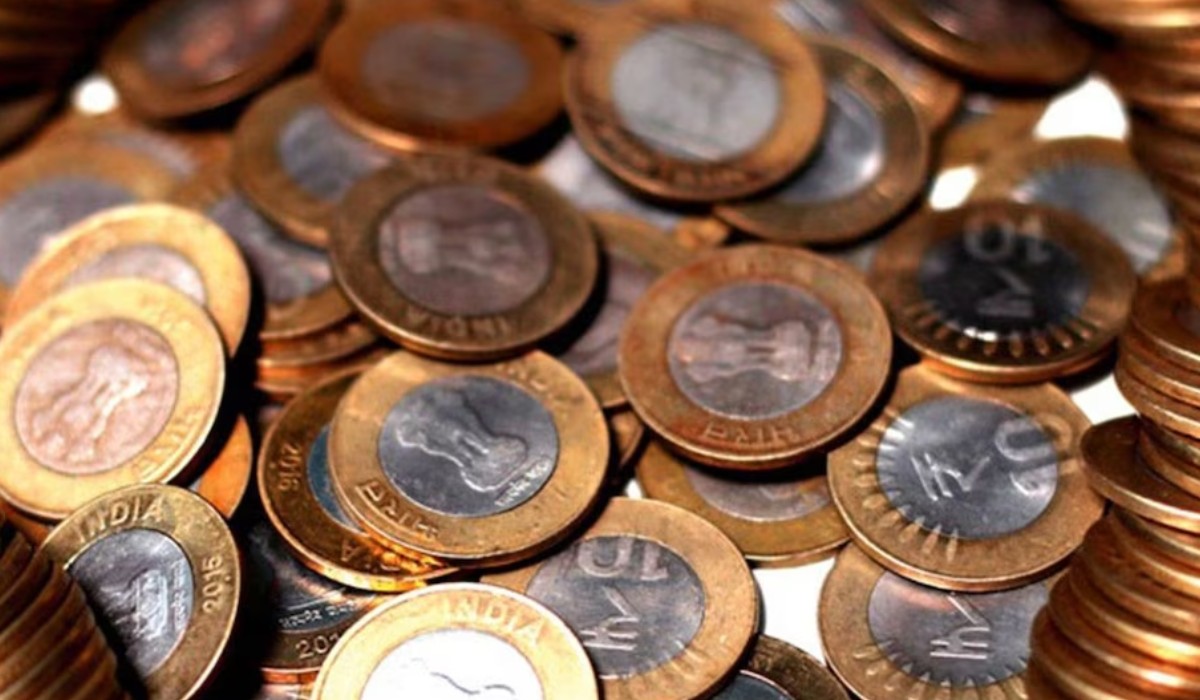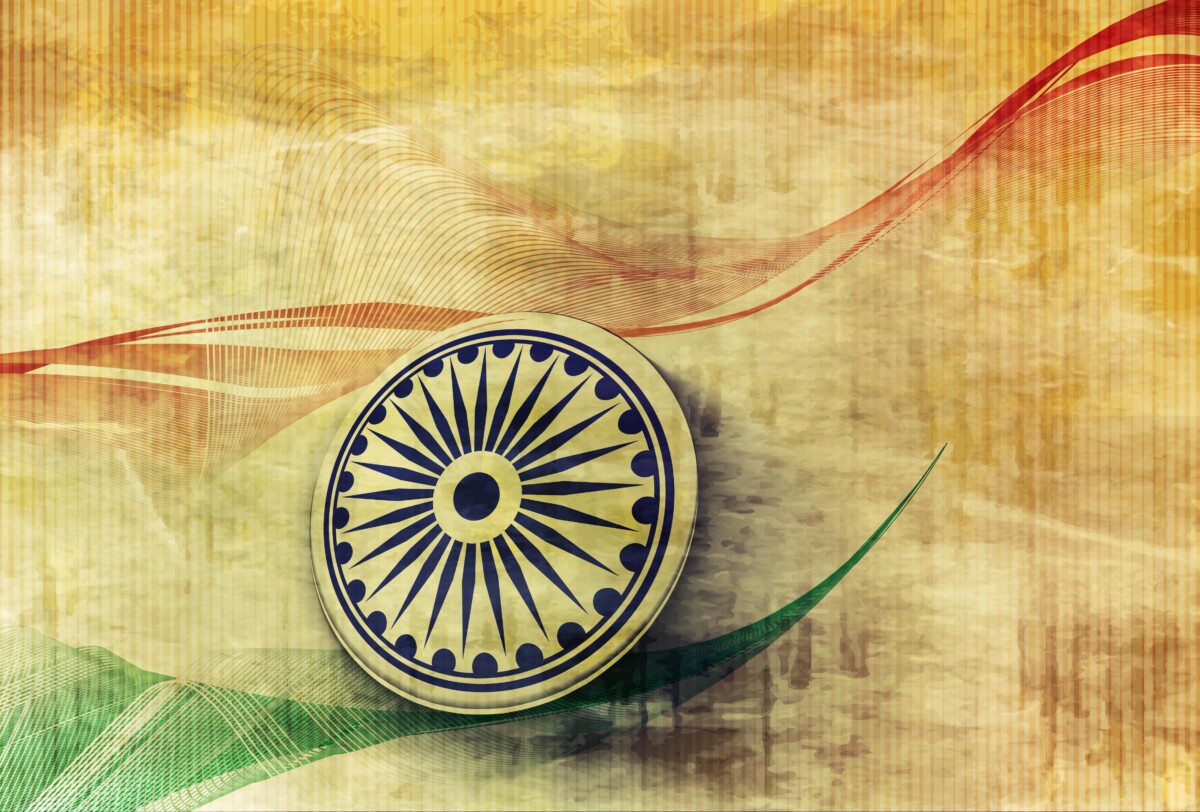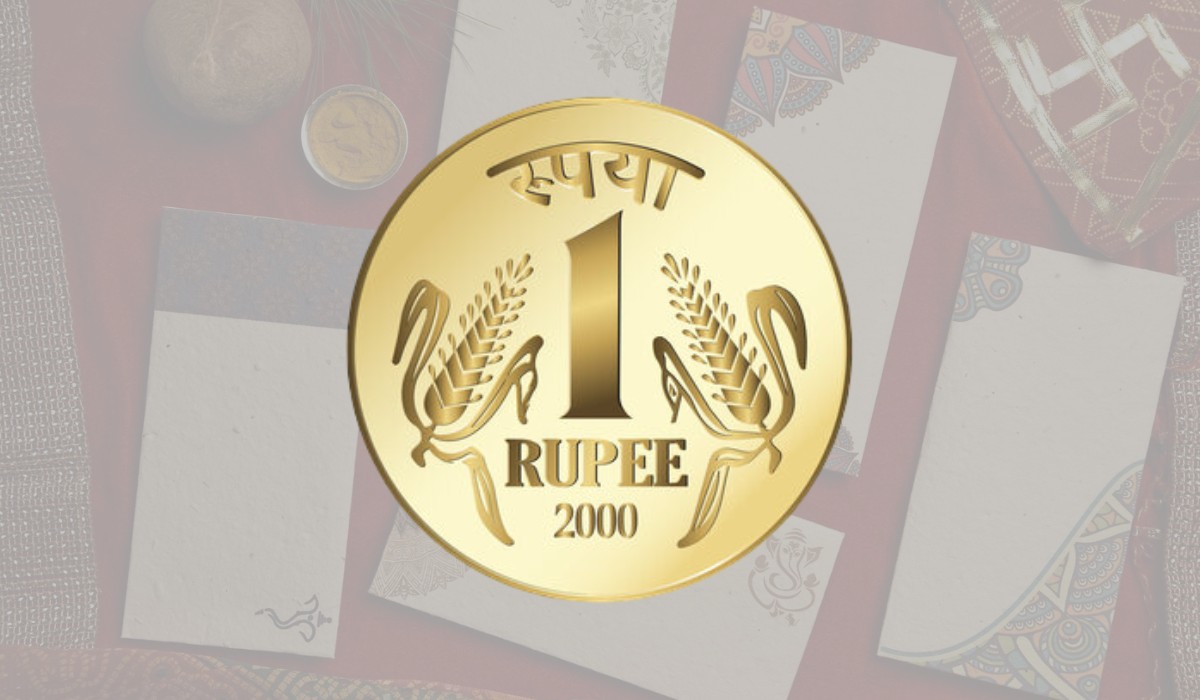Indian currency has a rich tapestry of history and culture woven into its designs, with each coin reflecting the nation’s heritage. The images adorning these coins often showcase famous landmarks that stand as testaments to India’s diverse and vibrant past. Let’s embark on a journey to explore some of the renowned places depicted on Indian coins, each echoing a story of its own.
Sanchi Stupa:
- The Great Stupa at Sanchi, located in Madhya Pradesh, is a UNESCO World Heritage site. It features prominently on the Indian one-rupee coin. Built by Emperor Ashoka in the 3rd century BCE, the stupa is a symbol of Buddhism’s spread in ancient India.
Red Fort:
- The iconic Red Fort, situated in Delhi, graces the reverse side of the Indian ten-rupee coin. Built by Emperor Shah Jahan in the 17th century, this majestic fort served as the main residence of the Mughal emperors for nearly 200 years.
Hampi’s Stone Chariot:
- The Indian two-rupee coin showcases the impressive stone chariot located in Hampi, Karnataka. This historic site was once the capital of the Vijayanagara Empire, and the stone chariot is an architectural marvel within the Vittala Temple complex.
Also Read: Mahatma Gandhi: A Guiding Light on Martyrs’ Day
Qutub Minar:
- Qutub Minar, the tallest brick minaret in the world, adorns the five-rupee coin. Situated in Delhi, this UNESCO World Heritage site reflects Indo-Islamic architecture and stands as a testament to the Delhi Sultanate’s legacy.
Konark Sun Temple:
- The twenty-rupee coin features the chariot-shaped Konark Sun Temple in Odisha. This marvel of ancient architecture is dedicated to the Sun God and is renowned for its intricate stone carvings.
Jantar Mantar:
- The fifty-rupee coin showcases the Jantar Mantar observatory in Jaipur, Rajasthan. Built by Maharaja Jai Singh II, it consists of 19 instruments designed for astronomical observations, displaying India’s scientific prowess in ancient times.
India Gate:
- On the reverse side of the one-hundred-rupee coin, India Gate takes center stage. This war memorial in Delhi honors the soldiers who sacrificed their lives during World War I. It has become an iconic symbol of the country’s valor and sacrifice.
The images on Indian coins serve as a fascinating visual journey through the country’s historical, architectural, and cultural heritage. Each coin is a miniature canvas, depicting landmarks that stand as silent witnesses to India’s rich past. As we use these coins in our daily transactions, let us take a moment to appreciate the stories they tell and the heritage they represent, connecting us to the diverse and magnificent tapestry of India.











